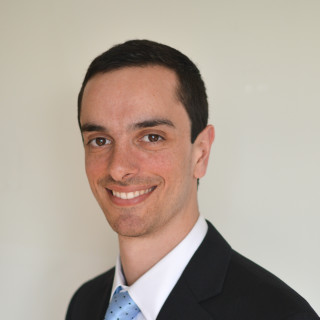Surgical residents must learn to recognize anatomy in a live patient. To a surgical resident, the approach does not always look like a clear textbook schematic. The mind’s eye can be progressively trained to distill a group of visual, tactile, and auditory cues into a clear diagram. The learning environment relies on repetition and graduated responsibility; unfortunately, you cannot pause or rewind a live surgery.
People can access vast amounts of information on a phone, tablet, or laptop. They can view textbooks, websites, articles, and videos at a moment’s notice. Watching high-quality surgical videos helped train me to see a surgical approach with much greater clarity, as shown from an expert’s perspective. They slow down the pace of the OR and supplement training to the mind’s eye. They help the resident learner identify cues, hints, and tips that improve understanding of surgical anatomy.
I became involved in filming and editing surgical videos for hip and knee arthroplasty via the American Academy of Orthopaedic Surgeons (AAOS) Orthopaedic Video Theater (OVT) in 2019. This process was an invaluable learning tool and helped me better understand what I saw in the OR. My background in semi-professional photography allowed me to capture and edit a series of topically focused surgical videos. I created original drawings to merge into the video footage to clarify the surgical view, to show where the key anatomy and reference points were. This creative process greatly improved my confidence and understanding of key steps in arthroplasty, helped me to plan and better anticipate in the OR, and enabled me to become an overall better teacher.
As a result of these efforts, I won two AAOS OVT awards for these submissions in 2020 and 2021, which were presented to our team on the podium at the 2021 AAOS Annual Meeting in San Diego.
Dr. Molho is employed by Yale New Haven Hospital. He has received financial support from Zimmer Biomet.
Illustration by Jennifer Bogartz







